Home>Gardening & Outdoor>Landscaping Ideas>When Is The Best Time To Plant Grass Seed In Minnesota
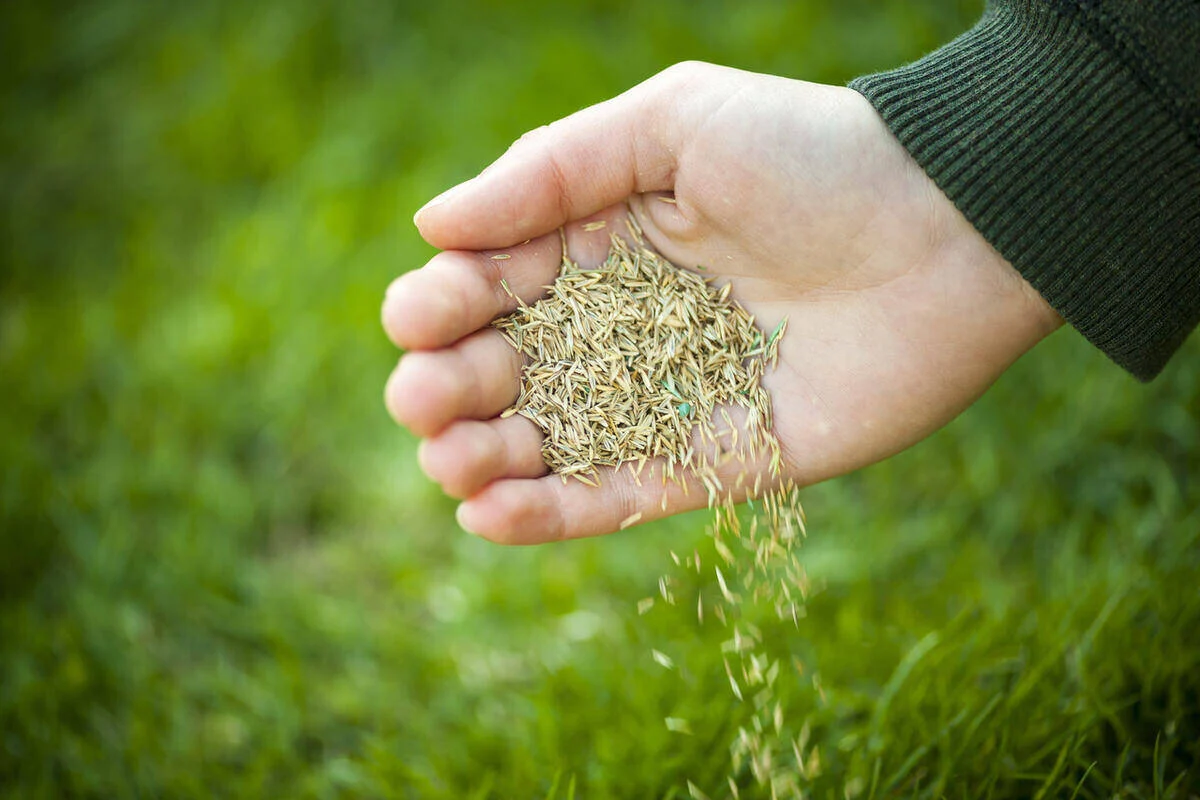

Landscaping Ideas
When Is The Best Time To Plant Grass Seed In Minnesota
Modified: March 20, 2024
Discover the best time to plant grass seed in Minnesota with our expert landscaping ideas. Create a lush, green lawn with our proven tips and techniques.
(Many of the links in this article redirect to a specific reviewed product. Your purchase of these products through affiliate links helps to generate commission for Storables.com, at no extra cost. Learn more)
Introduction
Welcome to the land of 10,000 lakes and breathtaking natural beauty – Minnesota. If you're a proud homeowner in this picturesque state, you understand the importance of a lush, healthy lawn that complements the stunning surroundings. One of the key elements in achieving a vibrant and resilient lawn is knowing the best time to plant grass seed. In this comprehensive guide, we'll delve into the unique climate of Minnesota, explore the factors that influence successful grass seed planting, and provide valuable tips for ensuring your lawn thrives throughout the year.
As we embark on this journey, you'll gain a deeper understanding of the optimal conditions for planting grass seed in Minnesota, equipping you with the knowledge to transform your lawn into a verdant oasis. Whether you're a seasoned gardener or a novice enthusiast, this guide is tailored to help you make informed decisions and achieve remarkable results. So, grab your gardening gloves and let's explore the best time to plant grass seed in the beautiful state of Minnesota.
Key Takeaways:
- The best time to plant grass seed in Minnesota is in mid-April to late May for spring planting, or late August to mid-September for fall planting. Choosing cold-tolerant grass species and preparing the soil are crucial for successful growth.
- To achieve a lush lawn in Minnesota, homeowners should consider factors like soil quality, sunlight exposure, and watering needs when planting grass seed. Monitoring the grass seedlings’ progress and implementing proper lawn care practices are essential for long-term success.
Read more: When To Plant Grass Seed In Minnesota
Understanding the Climate in Minnesota
Before diving into the best time to plant grass seed in Minnesota, it’s crucial to grasp the unique climate that characterizes this captivating state. Minnesota experiences a diverse range of weather patterns, with distinct seasonal variations that significantly impact lawn care and landscaping practices. The state’s climate can be classified as continental, featuring hot summers, cold winters, and moderate precipitation throughout the year.
Summers in Minnesota are known for their warmth and occasional humidity, creating favorable conditions for robust grass growth. However, the winter months bring frigid temperatures and heavy snowfall, posing challenges for maintaining a healthy lawn. The transition periods between seasons also play a pivotal role in determining the optimal timing for planting grass seed.
Furthermore, the USDA Plant Hardiness Zone map designates Minnesota into multiple zones, ranging from Zone 3a in the northern regions to Zone 4b in the southern areas. This zoning system assists gardeners and landscapers in identifying the types of plants and grasses that are most likely to thrive in their specific geographic location.
Understanding the climate in Minnesota involves recognizing the impact of factors such as frost dates, temperature fluctuations, and precipitation levels on the growth and establishment of grass seed. By gaining insights into these climatic nuances, homeowners can make informed decisions regarding lawn maintenance and maximize the potential for a vibrant and resilient lawn.
Factors to Consider When Planting Grass Seed
Planting grass seed in Minnesota requires careful consideration of various factors to ensure successful germination and long-term growth. Understanding these key elements is essential for nurturing a thriving lawn that can withstand the state’s dynamic climate and seasonal fluctuations. Here are the critical factors to contemplate when embarking on a grass seed planting endeavor:
- Grass Species Selection: Minnesota’s climate necessitates the selection of cold-tolerant grass species such as Kentucky bluegrass, fine fescue, and perennial ryegrass. These varieties exhibit resilience in the face of temperature extremes and are well-suited for the state’s climatic conditions.
- Soil Quality: Assessing the soil composition and pH levels is vital before planting grass seed. Minnesota’s soils vary from sandy loams to clay loams, and conducting a soil test can provide valuable insights for amending the soil to create an optimal environment for grass seed germination and growth.
- Sunlight and Shade: Evaluating the sunlight exposure in your lawn area is crucial for choosing grass species that thrive in specific light conditions. Understanding the shade patterns and sun exposure aids in determining the appropriate grass seed varieties for different areas of your yard.
- Watering and Drainage: Minnesota’s precipitation patterns and drainage capabilities impact the watering needs of newly planted grass seed. Ensuring adequate drainage and implementing a consistent watering regimen are essential for promoting healthy germination and root development.
- Timing and Seasonality: Considering the seasonal variations and temperature trends in Minnesota is paramount for determining the optimal time to plant grass seed. Timing the planting process to align with favorable growing conditions enhances the likelihood of successful establishment and long-term resilience.
By carefully evaluating these factors and tailoring your approach to align with the specific characteristics of your lawn and the regional climate, you can set the stage for a thriving and visually captivating grassy landscape. The next section will delve into the best time to plant grass seed in Minnesota, incorporating these essential considerations to maximize the potential for a healthy and vibrant lawn.
Best Time to Plant Grass Seed in Minnesota
Choosing the optimal time to plant grass seed in Minnesota is a pivotal decision that significantly influences the success of your lawn establishment efforts. The state’s climatic nuances and seasonal variations necessitate a strategic approach to ensure favorable conditions for germination and vigorous growth. While Minnesota’s diverse climate presents unique challenges, it also offers distinct windows of opportunity for planting grass seed. Here are the key considerations for determining the best time to sow grass seed in Minnesota:
- Spring Planting: The period between mid-April and late May marks an ideal window for planting grass seed in Minnesota. During this time, the soil temperature and moisture levels are conducive to successful germination and robust root development. Spring planting allows the grass seedlings to establish themselves before the onset of the hot summer months, promoting resilience and vitality.
- Fall Planting: The late summer to early fall period, typically from late August to mid-September, presents another opportune timeframe for planting grass seed in Minnesota. The cooler temperatures and increased moisture create favorable conditions for seed germination and establishment. Fall planting enables the grass to develop strong roots before the onset of winter, setting the stage for vigorous growth in the following spring.
It’s important to note that the best time to plant grass seed may vary based on the specific grass species being sown and the regional microclimates within Minnesota. Additionally, monitoring weather forecasts and soil conditions is crucial for identifying optimal planting windows and maximizing the potential for successful lawn establishment.
By aligning your grass seed planting efforts with the recommended timeframes and considering the unique climatic factors at play, you can enhance the likelihood of achieving a lush, resilient lawn that thrives throughout the seasons. The following section will delve into the essential steps for preparing your lawn for successful grass seed planting, equipping you with the knowledge to create a verdant oasis in your Minnesota landscape.
The best time to plant grass seed in Minnesota is in late summer to early fall, typically from late August to mid-September. This allows the seeds to establish before winter and gives them a head start for the following spring.
Preparing Your Lawn for Planting
Before embarking on the process of planting grass seed in Minnesota, it’s crucial to prepare your lawn to create an optimal environment for successful germination and robust growth. Taking the time to address key aspects of lawn preparation sets the stage for a thriving and resilient grassy landscape. Here are the essential steps to prepare your lawn for planting grass seed:
- Clearing and Cleaning: Begin by clearing the lawn area of debris, rocks, and any existing vegetation. Thoroughly remove weeds and ensure the soil surface is free from obstructions to provide a conducive environment for grass seed germination.
- Soil Testing and Amendment: Conduct a soil test to assess the pH levels and nutrient content of the soil. Based on the test results, amend the soil as needed by adding organic matter or adjusting the pH to create an optimal growing medium for the grass seed.
- Aeration: Aerating the soil promotes better air and water penetration, facilitating enhanced root development and overall lawn health. Utilize a core aerator to alleviate compaction and improve the soil structure prior to planting grass seed.
- Seedbed Preparation: Rake the soil to create a smooth and level seedbed, ensuring uniform seed distribution and optimal soil-seed contact. This step facilitates consistent germination and promotes even growth across the lawn area.
- Appropriate Fertilization: Apply a high-quality starter fertilizer to provide essential nutrients for the germinating grass seedlings. Select a fertilizer with a balanced nutrient composition to support early growth and establishment.
- Overseeding and Patch Repair: If you’re overseeding an existing lawn or addressing patchy areas, ensure proper seed-to-soil contact by gently raking the grass seed into the soil surface. This encourages successful germination and seamless integration with the existing turf.
By meticulously preparing your lawn through these essential steps, you create an optimal foundation for successful grass seed planting in Minnesota. The thorough groundwork sets the stage for robust germination, vigorous growth, and the emergence of a lush and resilient lawn that enhances the beauty of your outdoor space.
Read more: When Is The Best Time To Plant Landscaping
Tips for Successful Grass Seed Planting in Minnesota
Planting grass seed in Minnesota requires careful attention to detail and a strategic approach to ensure successful establishment and long-term vitality. By incorporating the following tips into your grass seed planting endeavors, you can enhance the likelihood of achieving a lush and resilient lawn that thrives in the dynamic climate of Minnesota:
- Choose Appropriate Grass Species: Select cold-tolerant grass species that are well-suited for Minnesota’s climate, such as Kentucky bluegrass, fine fescue, and perennial ryegrass. These varieties exhibit resilience in the face of temperature extremes and are ideal for creating a vibrant lawn.
- Optimal Timing: Align your grass seed planting efforts with the recommended timeframes for spring or fall, considering the specific grass species and regional climate variations within Minnesota. Monitoring weather forecasts and soil conditions is crucial for identifying the best planting windows.
- Even Seed Distribution: Ensure uniform seed distribution across the lawn area to promote consistent germination and avoid patchy growth. Utilize a spreader or seed drill to achieve even coverage and maximize the potential for a lush and visually appealing lawn.
- Consistent Watering: Implement a consistent watering regimen to keep the soil moist during the germination and early growth stages. Avoid overwatering, which can lead to waterlogging, and monitor the soil moisture levels to support healthy root development.
- Monitor and Adjust: Regularly monitor the progress of the grass seedlings and make adjustments as needed based on their growth patterns and environmental conditions. This may involve fine-tuning the watering schedule, addressing potential pest issues, and providing additional care as the lawn develops.
- Implement Proper Lawn Care Practices: Once the grass seed has germinated and established, adhere to proper lawn care practices, including mowing at the appropriate height, fertilizing as needed, and addressing any weed or pest concerns to maintain a vibrant and healthy lawn.
By incorporating these tips into your grass seed planting endeavors, you can create an environment that fosters successful germination, robust growth, and the emergence of a visually captivating lawn in the diverse climate of Minnesota. With careful planning and attentive care, your lawn can become a verdant oasis that enhances the natural beauty of your outdoor space.
Conclusion
As we conclude our exploration of the best time to plant grass seed in Minnesota, it’s evident that the state’s diverse climate and seasonal variations present both challenges and opportunities for lawn care enthusiasts. Understanding the unique characteristics of Minnesota’s climate, including temperature fluctuations, precipitation patterns, and soil compositions, is essential for making informed decisions regarding grass seed planting and nurturing a resilient lawn.
By considering the factors that influence successful grass seed planting, such as grass species selection, soil quality, sunlight exposure, and seasonal timing, homeowners in Minnesota can create an optimal environment for vibrant and enduring lawns. Whether embarking on a spring or fall planting endeavor, aligning the grass seed sowing process with the recommended timeframes and incorporating essential lawn preparation steps sets the stage for robust germination and long-term growth.
Furthermore, implementing strategic tips for successful grass seed planting, including choosing appropriate grass species, ensuring even seed distribution, and maintaining consistent watering, enhances the likelihood of achieving a lush and visually captivating lawn in the dynamic climate of Minnesota. By monitoring the progress of the grass seedlings and adhering to proper lawn care practices, homeowners can nurture a verdant oasis that complements the natural beauty of the state.
As you embark on your grass seed planting journey in Minnesota, remember that each lawn is a canvas for creativity and natural artistry. With careful planning, attentive care, and a deep appreciation for the state’s captivating landscape, your lawn can become a vibrant and resilient testament to the harmony between nature and human stewardship. Embrace the seasonal rhythms, adapt to the climatic nuances, and revel in the transformation of your outdoor space into a lush and inviting haven.
May your grassy landscape flourish and thrive, enriching your connection to the breathtaking beauty of Minnesota’s natural splendor.
Frequently Asked Questions about When Is The Best Time To Plant Grass Seed In Minnesota
Was this page helpful?
At Storables.com, we guarantee accurate and reliable information. Our content, validated by Expert Board Contributors, is crafted following stringent Editorial Policies. We're committed to providing you with well-researched, expert-backed insights for all your informational needs.
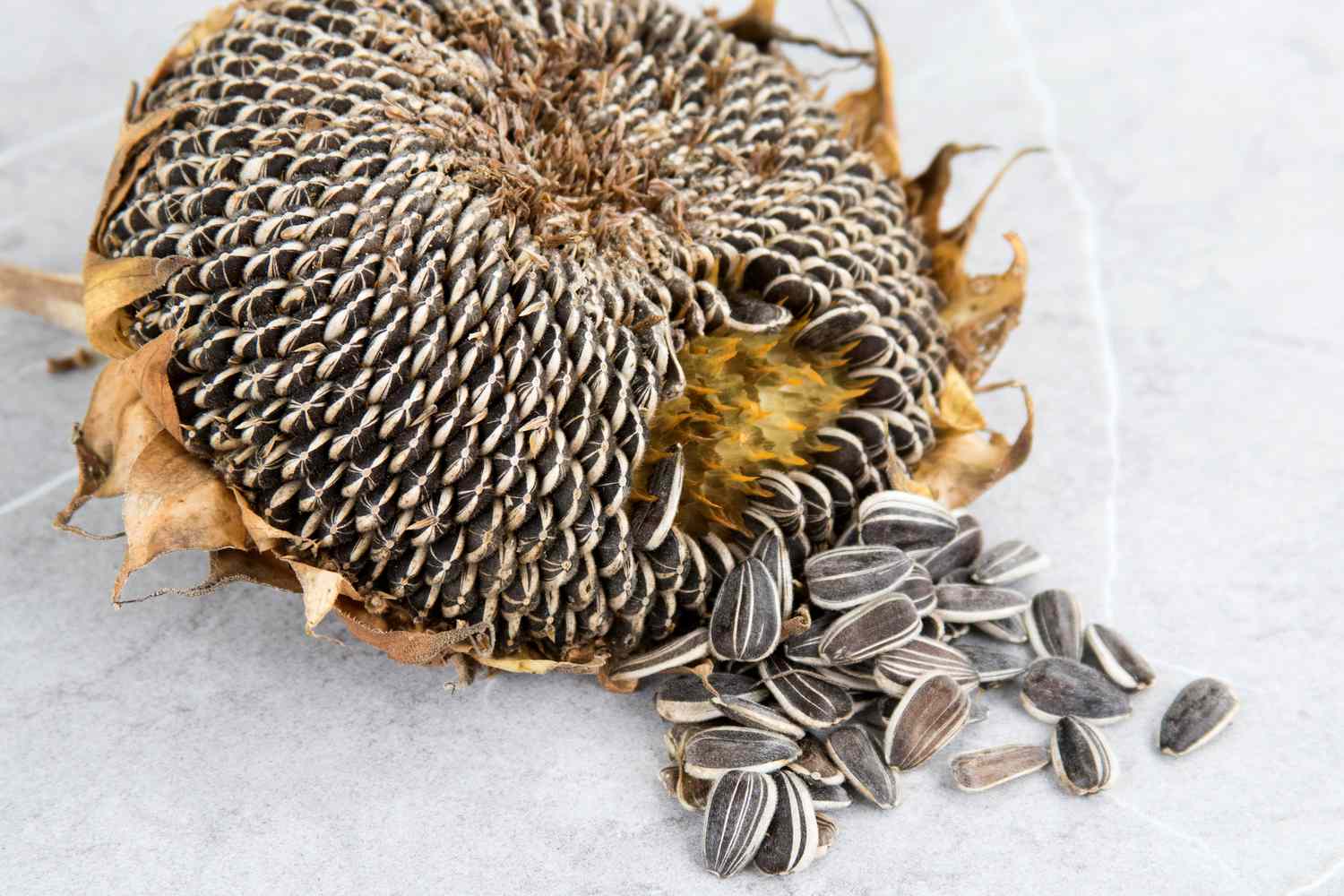
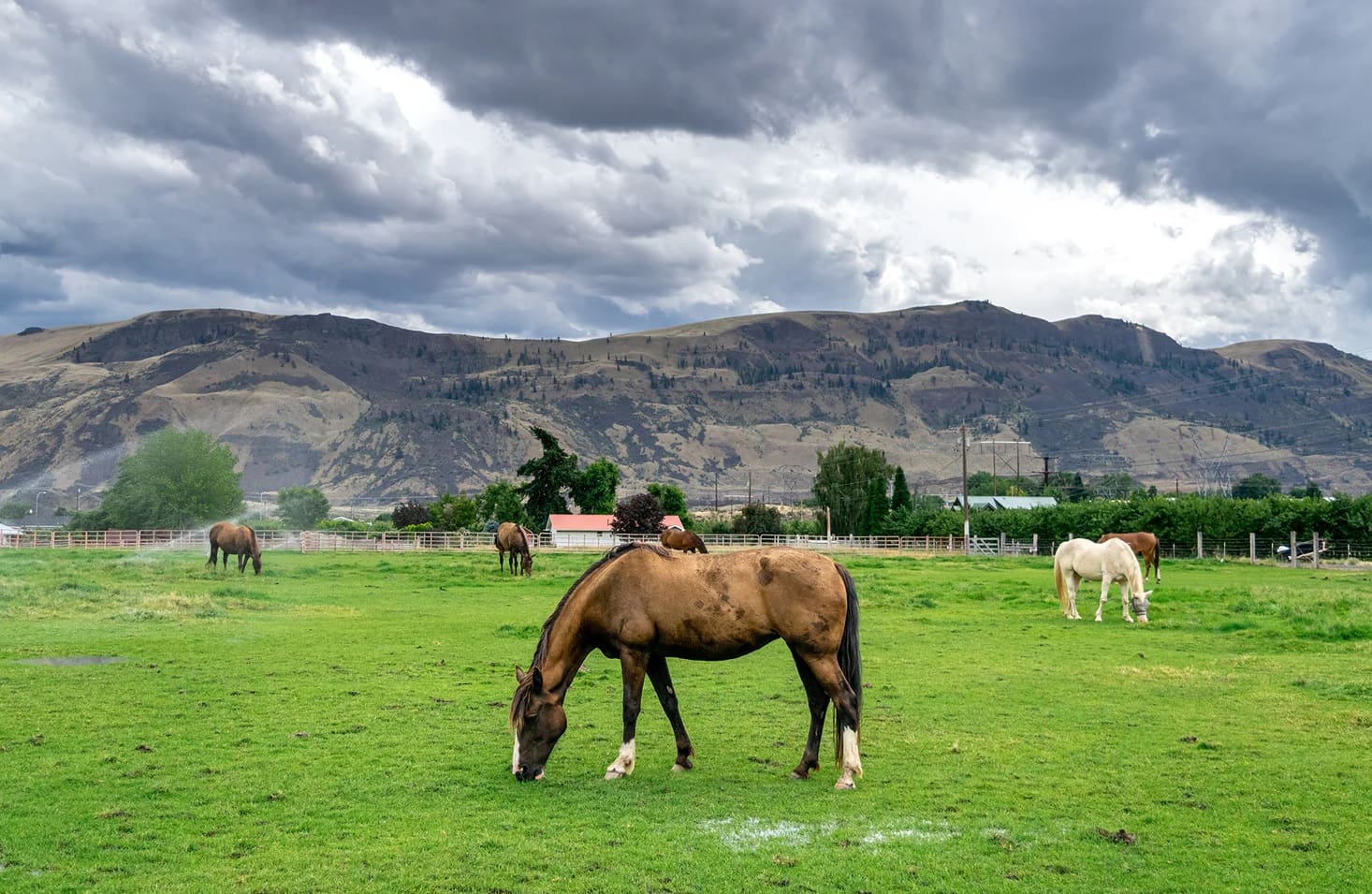
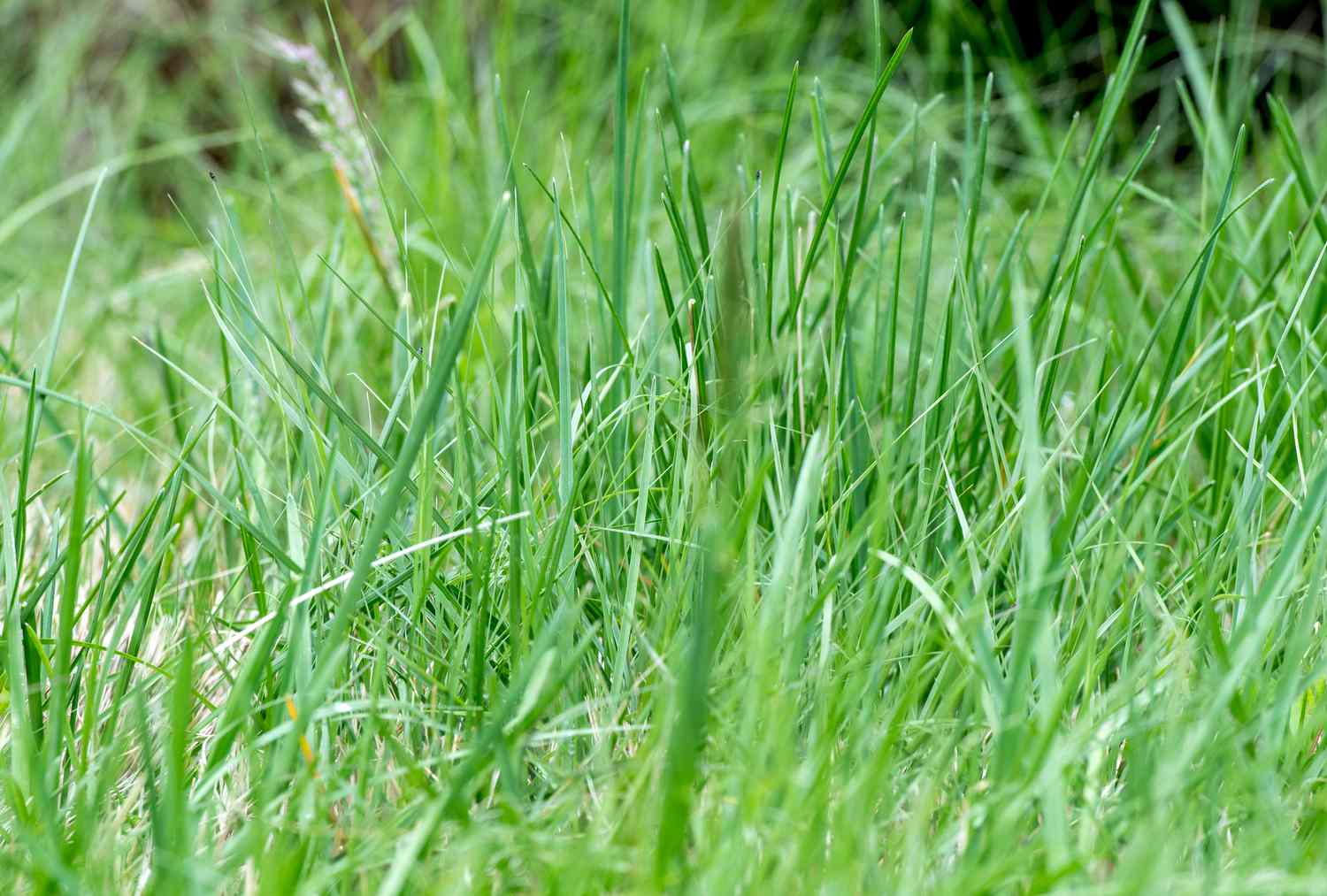
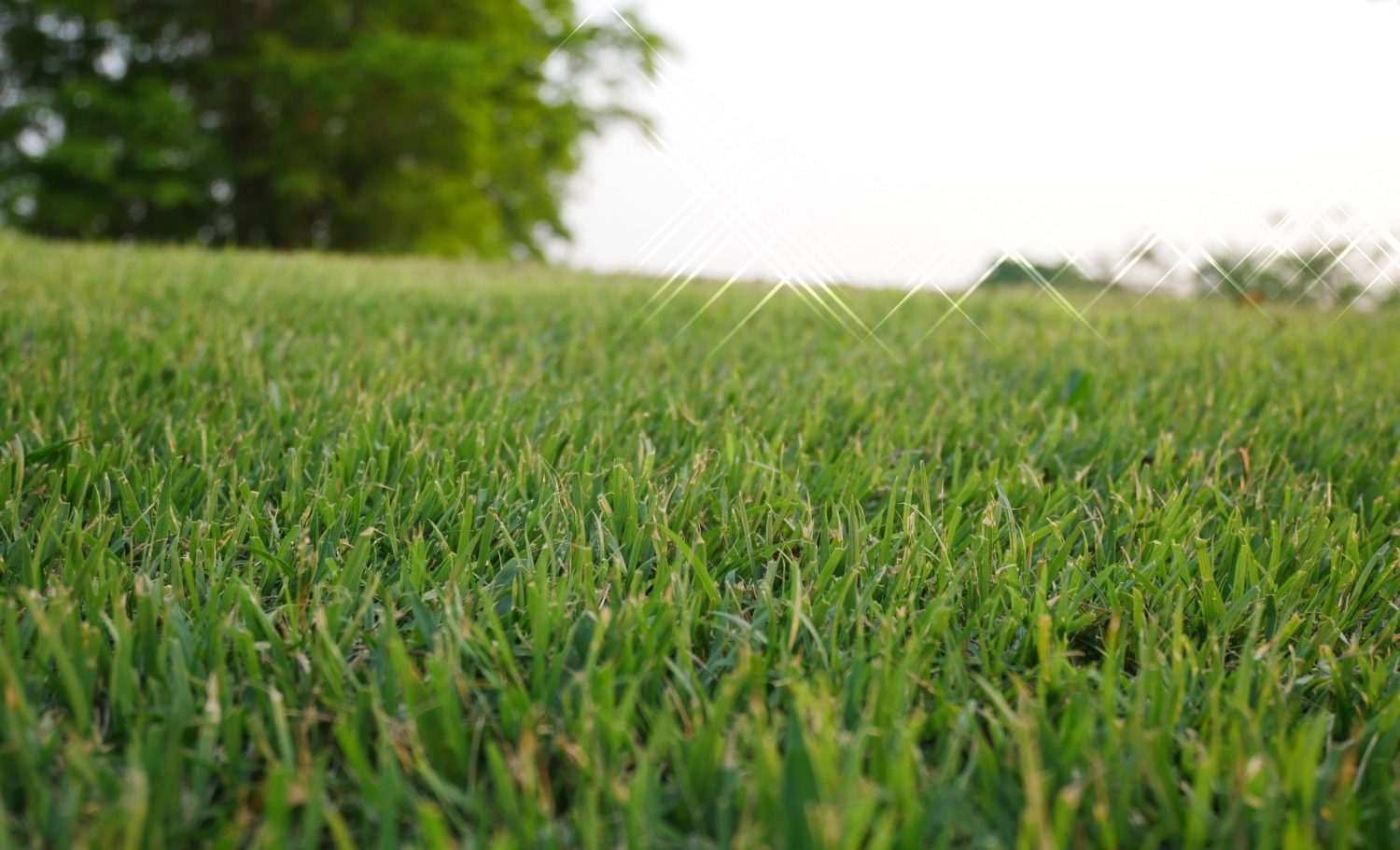
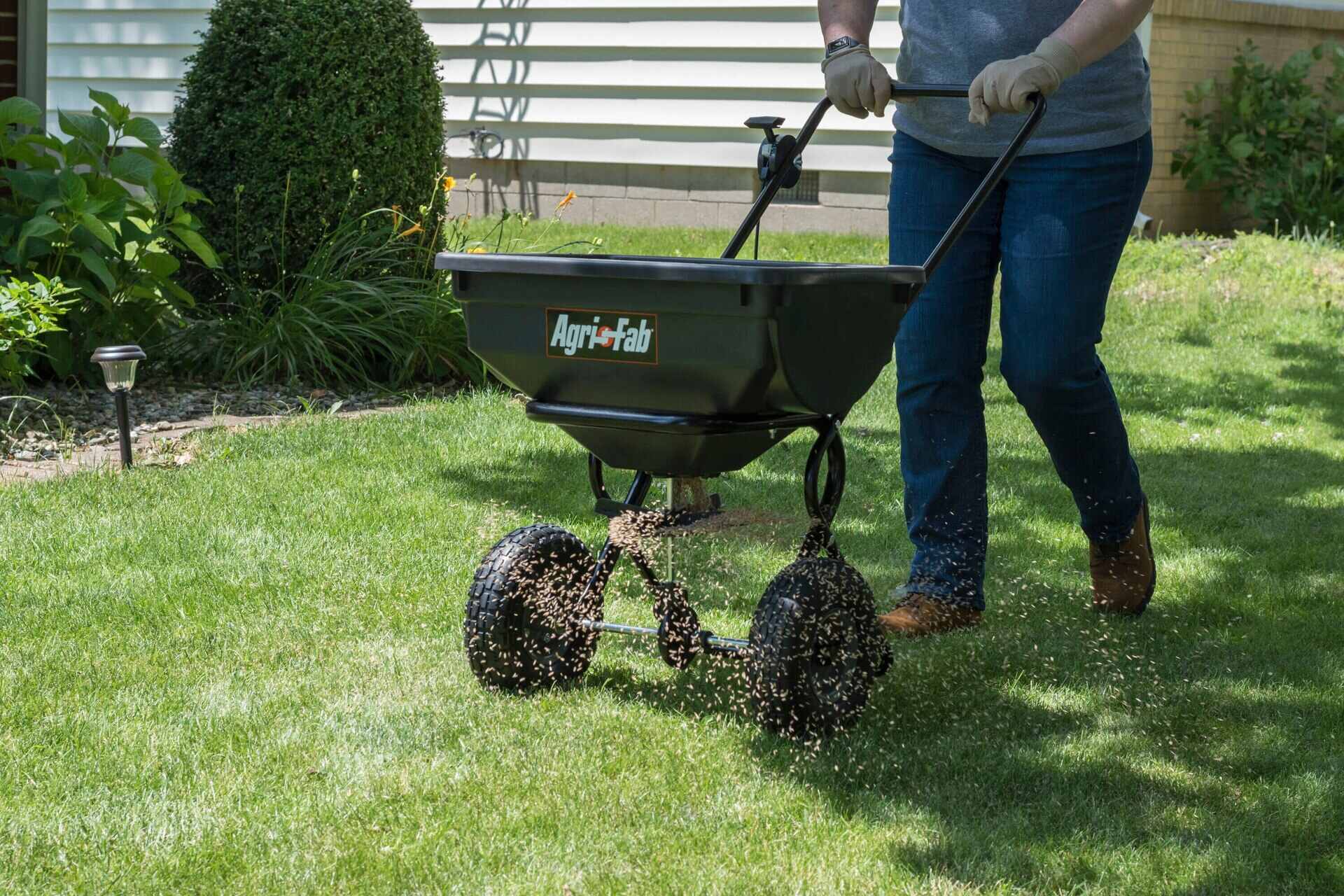
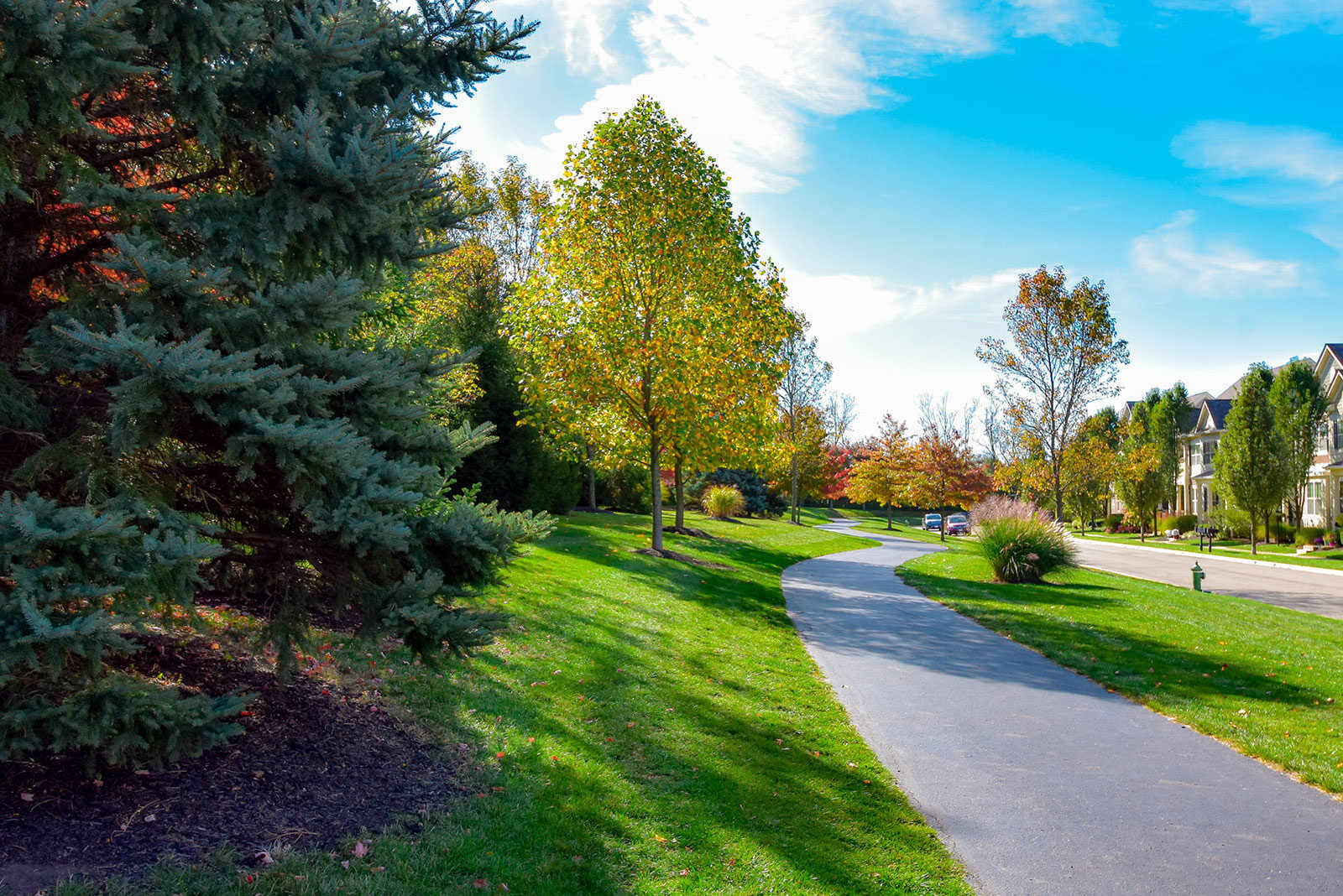
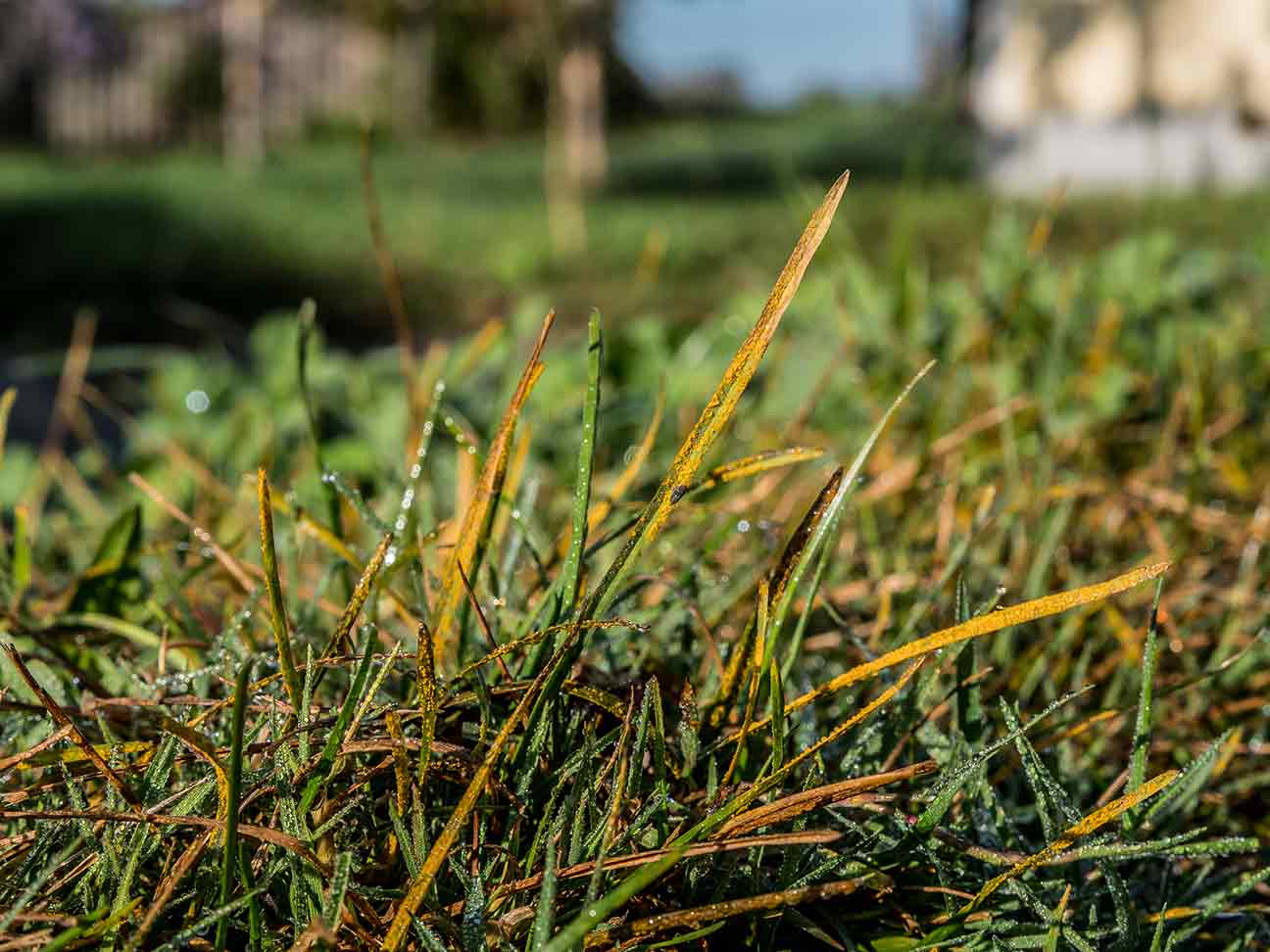
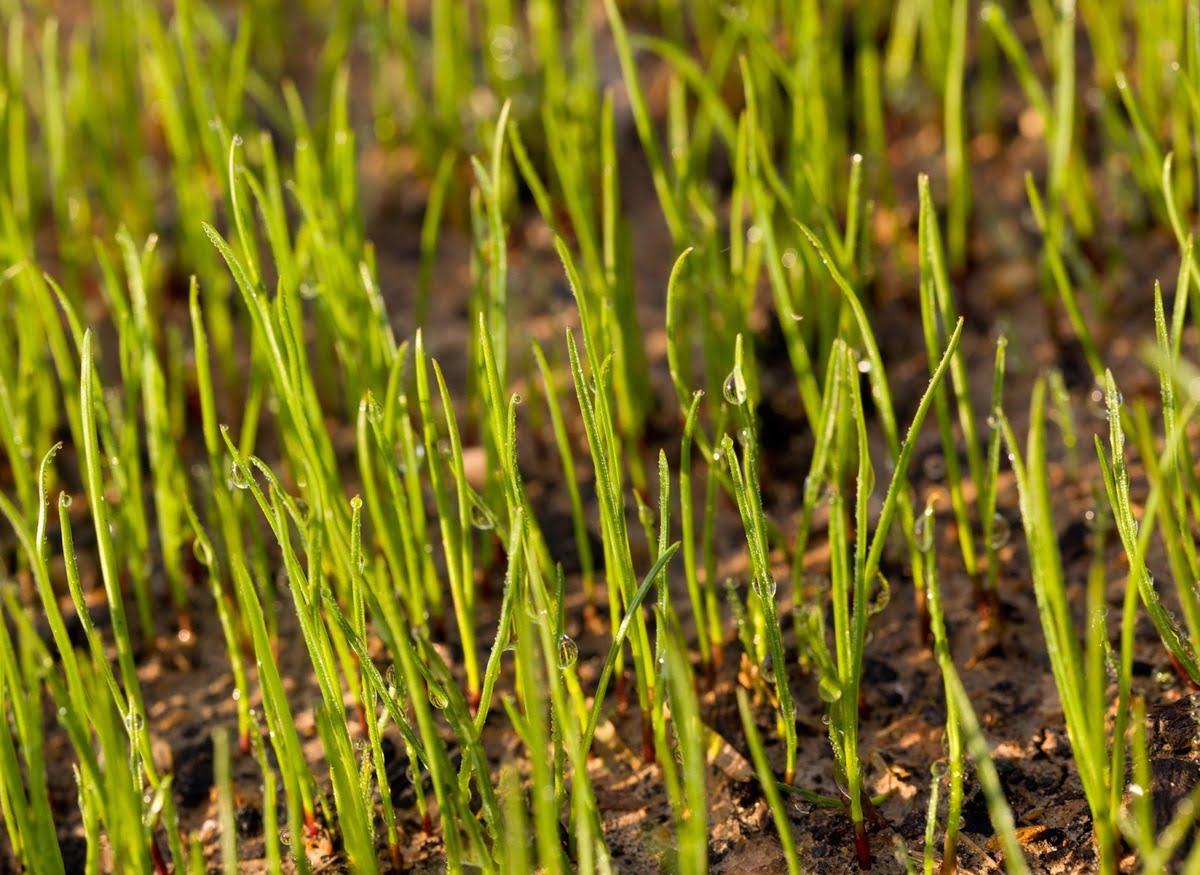
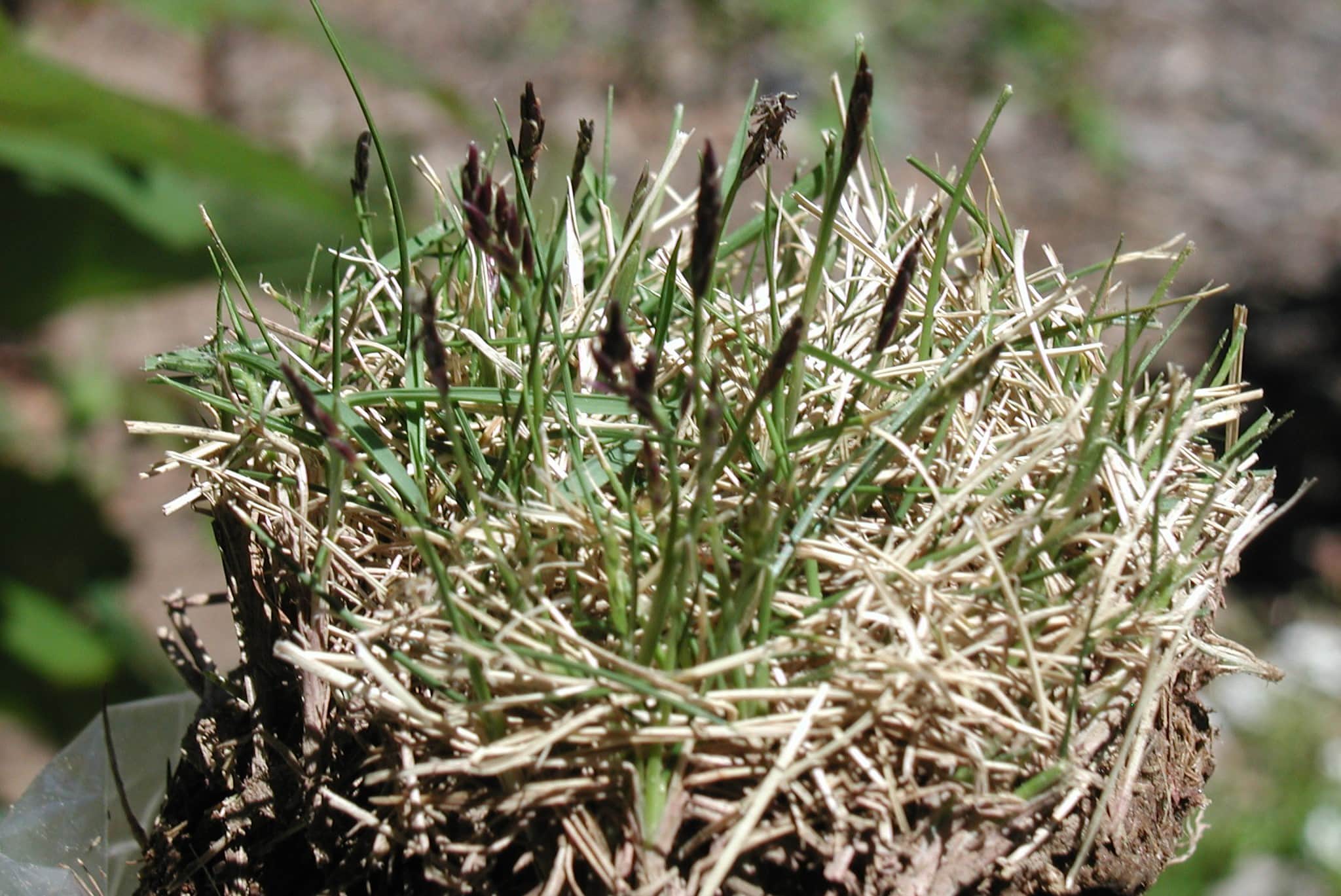
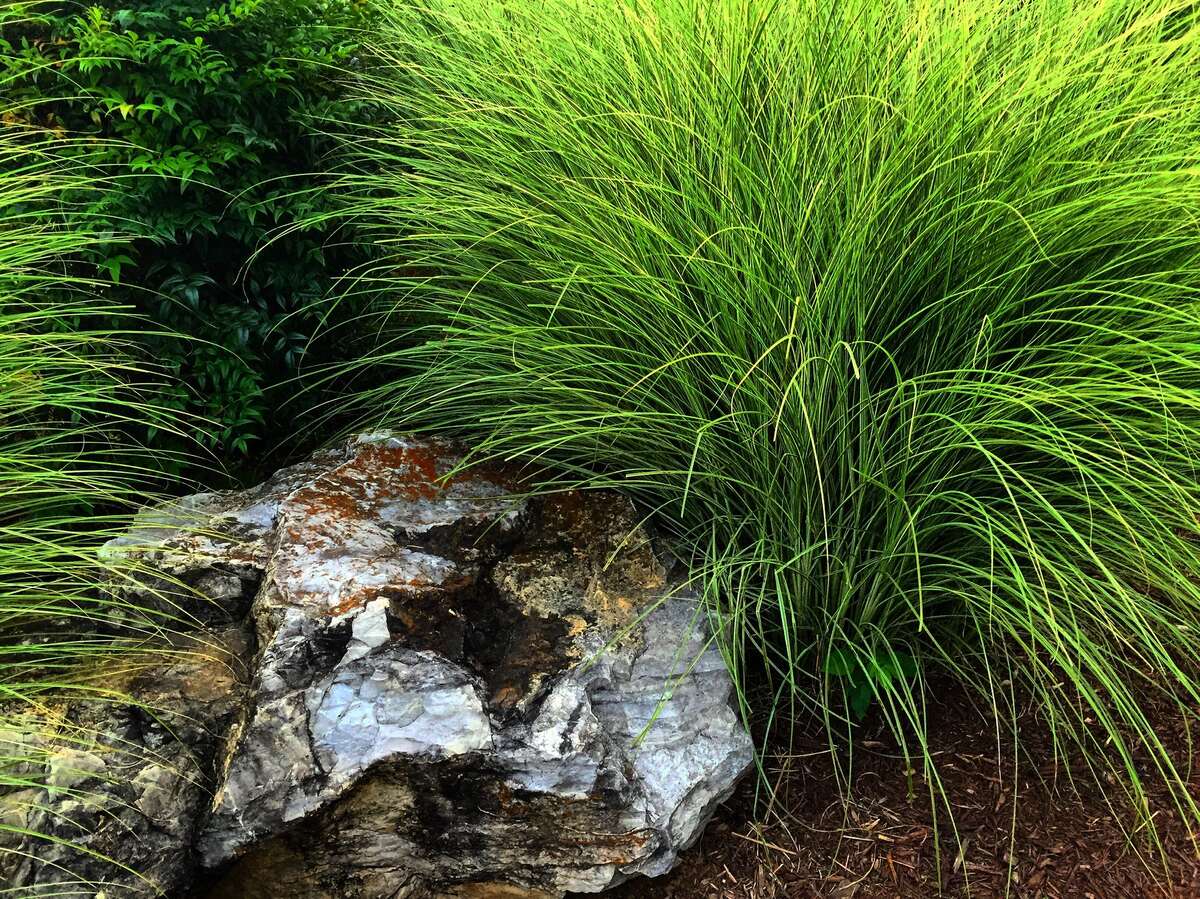
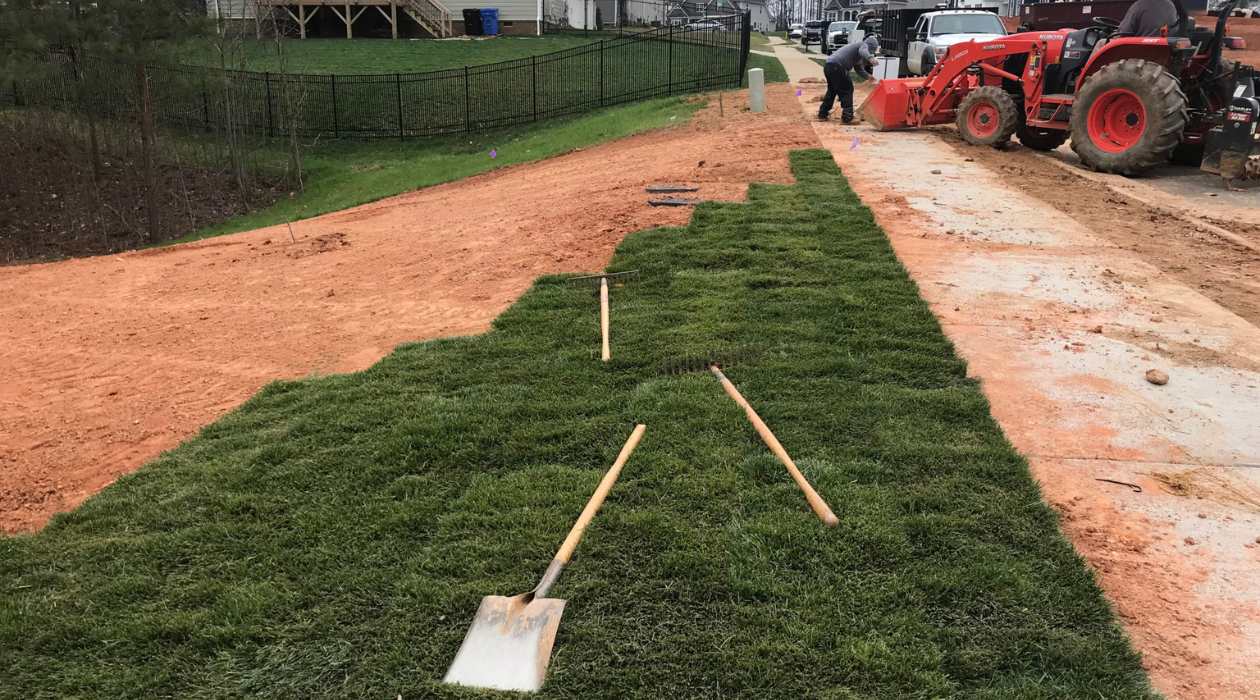
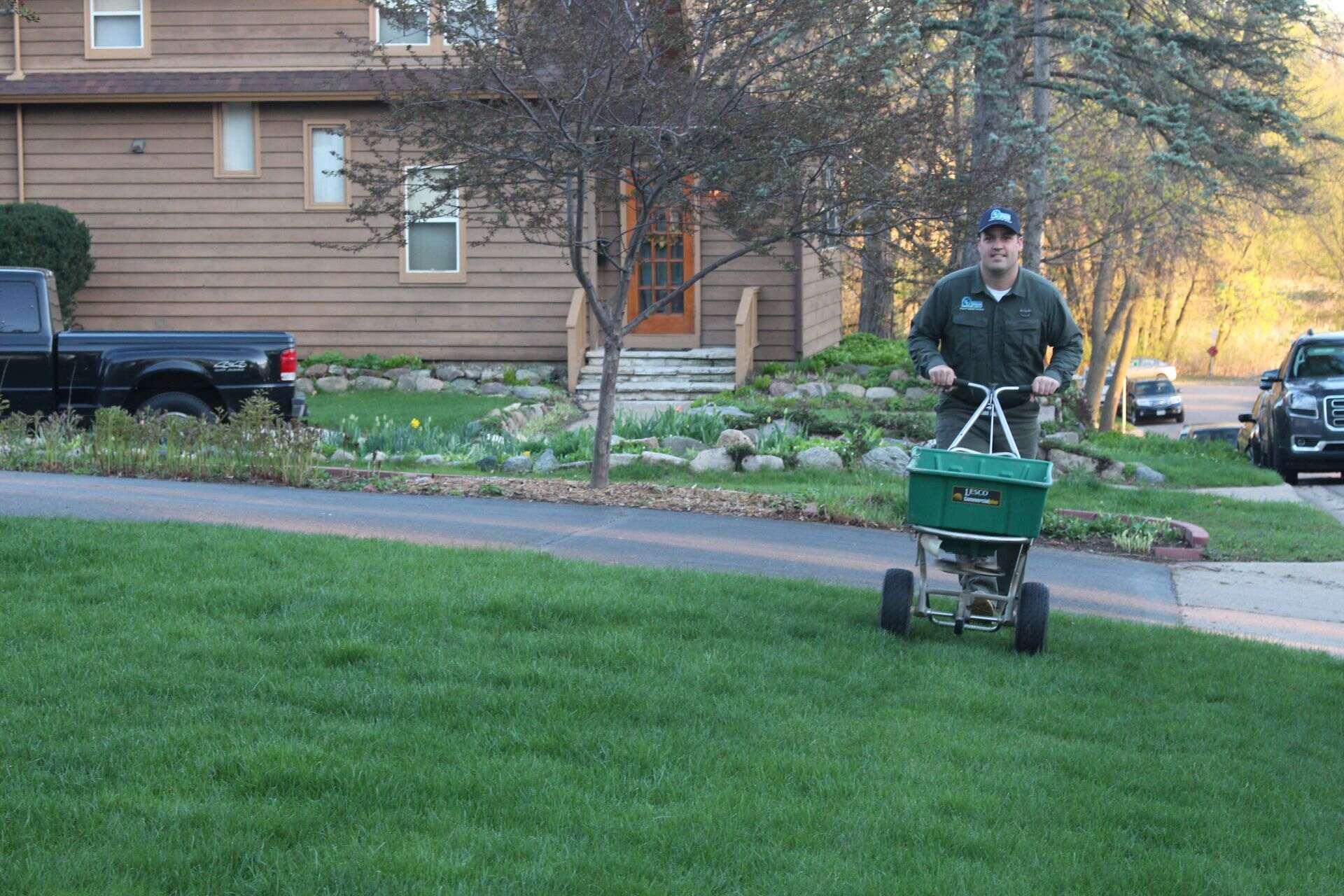
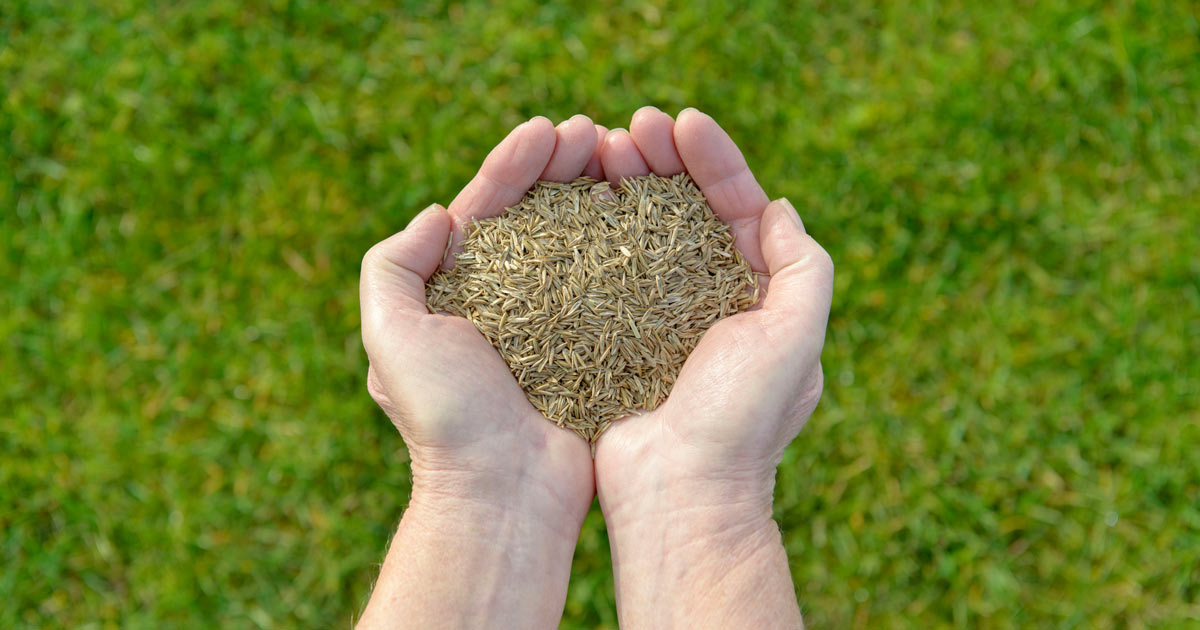
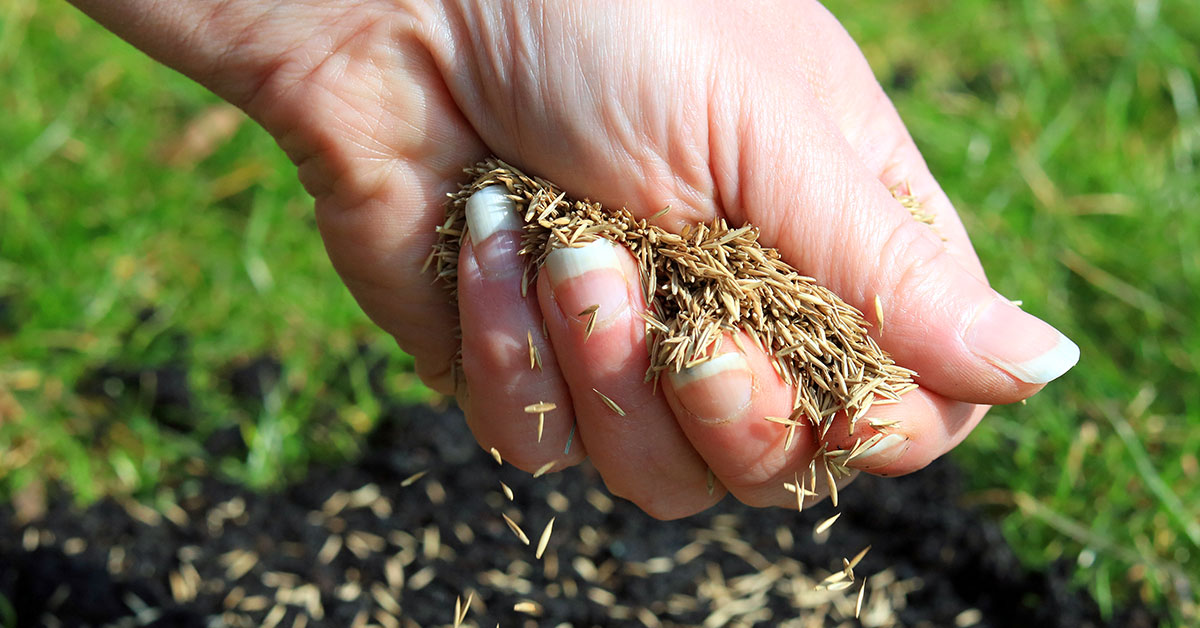

0 thoughts on “When Is The Best Time To Plant Grass Seed In Minnesota”